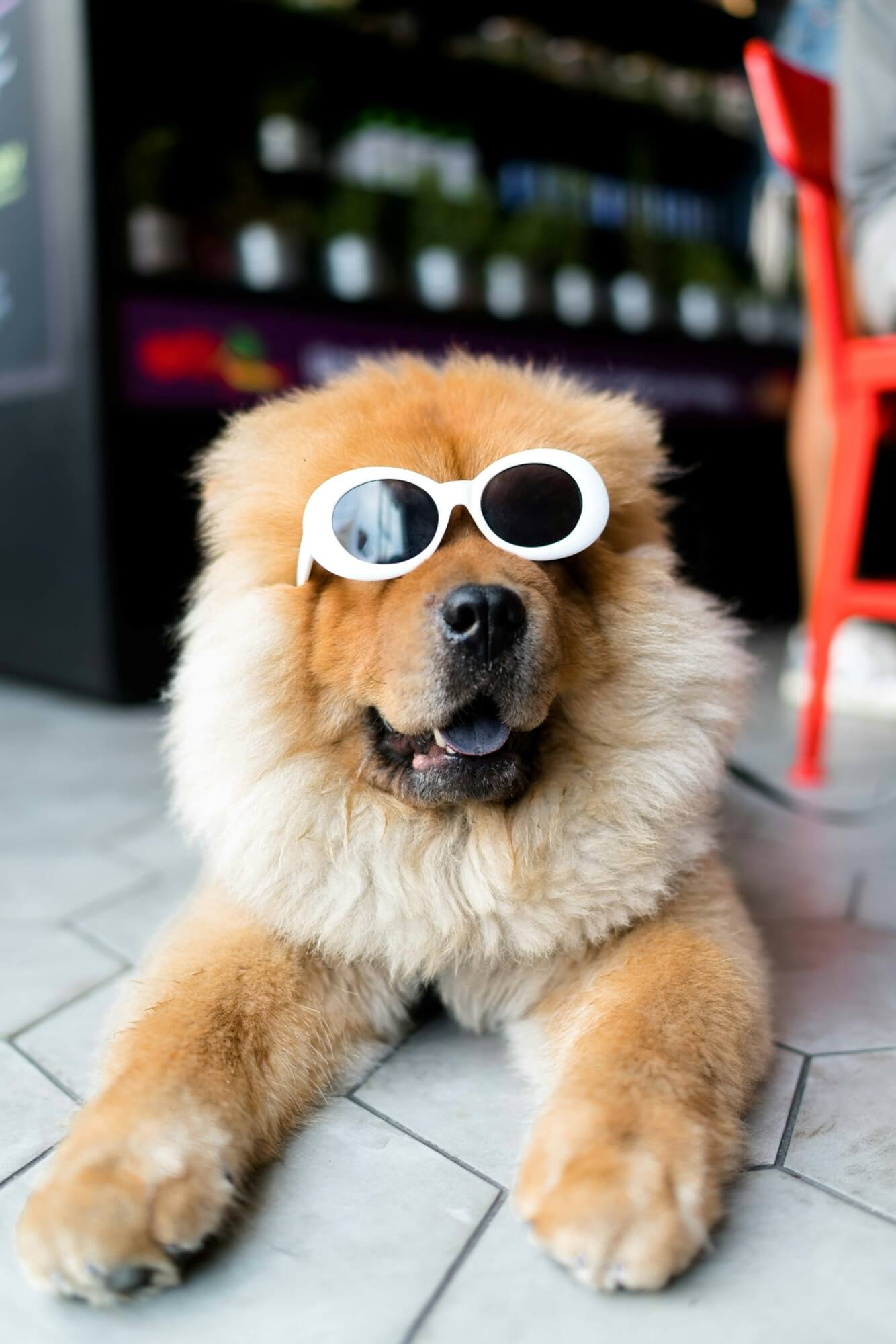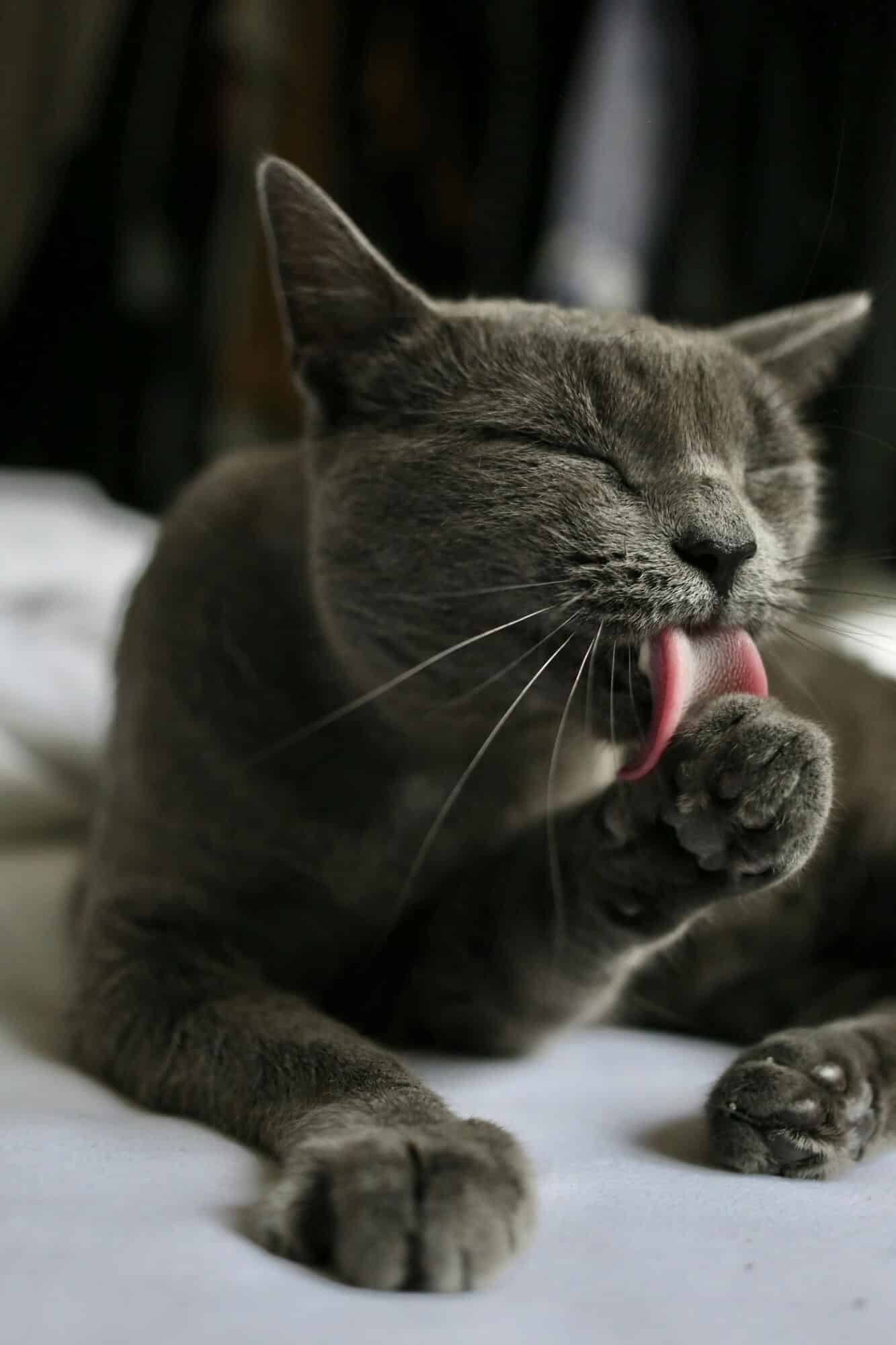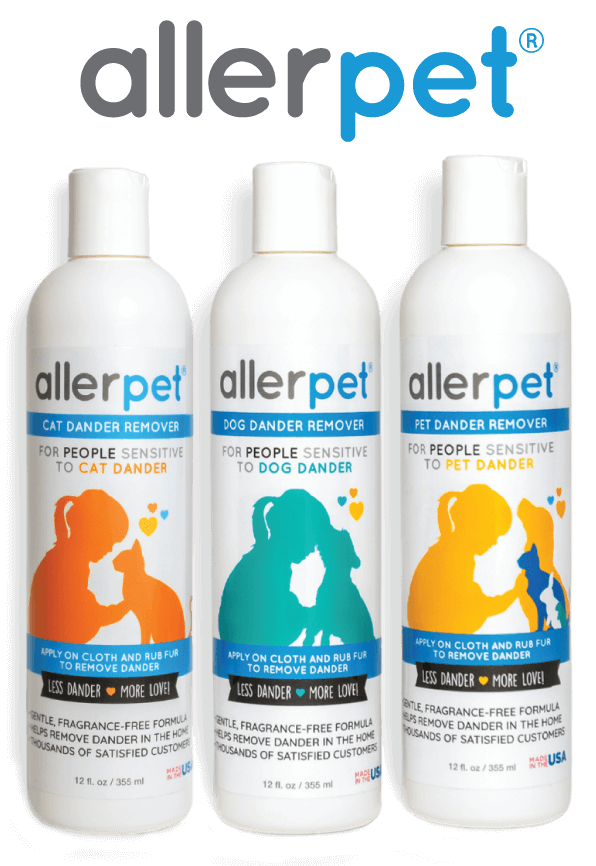Are Certain Breeds Hypoallergenic?
The term “hypoallergenic” is defined as something that has a reduced chance of causing allergenic reactions. Hypoallergenic cats and dogs are believed by many pet owners to produce less dander and saliva and shed less fur. As you search the Internet for information about hypoallergenic dogs or cats, you will come up with many sites that list dog and cat breeds that do not trigger allergies in humans and that are safe choices for sensitive individuals. These breeds may be safer than others, but they still produce some allergens.
However, no animal is completely free of animal dander.
Simply put, there are no breeds of dogs or cats that are always allergen-free. Any warm-blooded animal with hair, fur or feathers is capable of causing allergic reactions in humans at home or at work – the list includes: cats, dogs, rabbits, ferrets, hamsters, guinea pigs, gerbils, mice and rats. Of these, cats are by far the worst offenders, followed by rabbits and dogs. Of those persons affected by allergies, probably two-thirds are related to cats.
Not all animals, however, are the same as far as hypoallergenicity is concerned. Within any breed of cat or dog, very occasionally there is a puppy or kitten in a litter that may be hypoallergenic. It is not truly hypoallergenic but gives the illusion of being so because its allergen level is much lower than the others in its litter or breed.
Too often a person who happens to get this animal proclaims that this particular breed is hypoallergenic . . . and the stories start. Unfortunately they may not be true, but people believe what they choose. Contrary to certain “designer dogs” being allergen-free, it is just not true. Many are lovely dogs, both in appearance and temperament, and you should not be dissuaded from buying one, but buying one because it is allergen-free will only disappoint you.
The immediate concerns here are dogs and cats, the most popular house pets in the world. All dogs and cats – purebreds, mixed-breeds, “designer mixed-breeds”, cross-breeds, smooth-coated, short-haired, long-haired, curly-haired, wire-haired or even hairless – are all allergy sources.

The Pet Allergens
Hair, fur and coat are three words that all refer to the same thing . . . those long or short stringy things that come out of our skin that we call hair. Those who are more or less seriously involved with animals tend to use the term “coat”; the casual pet owners usually refers to “fur”; and we humans usually call it “hair”. Hair is not an allergen by itself although its content is primarily protein. However, hair is the carrier of the pet allergens that trigger our sensitivities. The prime pet allergen sources are described here, but you can also find additional basic information these sources under our separate menu heading “An Introduction to Pet-Related Allergens”.
The Prime Sources Of Pet Allergens Are:
All warm-blooded animals, regardless of hair length, or lack of it, produce dander that can trigger allergic reactions because its protein content.
Dander is usually the first pet-related allergen mentioned as causing symptoms, probably because it is so easy to see on the hair. Dander is just another name for the dead skin cells that animals shed and is indeed an important allergen. All warm-blooded animals, regardless of hair length, or lack of it, produce dander that can trigger allergic reactions because its protein content.
The principal difference between dander and Fel d1, the cat allergen mentioned in the next paragraph, is its relatively heavy weight. Dander falls to the floor or furniture rather quickly, as opposed to Fel d1 which floats interminably in the air where it can be inhaled deeply into the lungs.
Almost 2 out of 3 people who suffer from pet allergies are allergic to cats. Although several different allergens have been found in cats, the majority of cat allergies are caused by a tiny glycoprotein called Fel d1. Fel d1 is associated with tiny particles that remain airborne for long periods – hours to days – in contrast to the larger particles of dander, pollen and mold that settle to the ground within minutes and only become airborne when disturbed. Fel d1 ranges in size from 1 to about 15 microns. To give you an idea of just how small a micron is, the period at the end of this sentence is nearly 1,000 microns in diameter.
Sebaceous secretions (Fel d1) are produced largely in and deposited onto the skin and coat from the emissions of the sebaceous glands, particularly around the area of the genitalia and from a cat’s saliva.
Fel d1, a glycoprotein, is an extremely potent allergen, capable of triggering allergic reactions almost instantly. Continually airborne, it is inhaled with every breath. This is why a reaction can occur within a few minutes after entering a home inhabited by a cat.

Saliva & Fel d1, the cat allergen. The cat’s saliva primarily contains Fel d1, the major cat allergen which is presently known to create severe allergic reactions to a individuals. In recent years, another allergen, a lipocalin allergen, Fel d4 is thought to also have an influence.
Cats are fastidious. They clean themselves repeatedly by licking their fur with their tongues, depositing large amounts of saliva on the hair. High concentrations of Fel d1 are generally found around the genitalia and the base of the tail, but because self-cleaning is an ongoing process for most cats during their waking time, it is found over the entire animal. Male cats generally produce more Fel d1 than females.
Urine is another major source of allergens of dogs, cats, rabbits, ferrets and especially small furry pets such as guinea pigs and hamsters. While not as potent as Fel d1, urine allergens need to be cleansed from the hair or fur as often as possible to keep them from drying, flaking off and circulating.
Feather Dust. The major allergen of birds is derived from their feather dust or dander. The feathers themselves have little allergic potential. When birds preen themselves, and flutter their wings, no matter how small they may be, they shake feather dust into the air and in and around their cages.
All the above-named allergens can flake off into the environment and become airborne for extended periods of time and cause sensitivities when you inhale them.
All the above-named allergens can flake off into the environment and become airborne for extended periods of time and cause sensitivities when you inhale them. They also enter the environment on contaminated hair that pets shed when they are being groomed or stroked, when they shake, wag their tails, jump on furniture, rub on objects and play indoors.
In the sections that follow, you can learn more about this complex subject – including some myths and truths – as it relates to dogs, cats, birds and other small household pets.
Some Truths About Hypoallergenic Pets
There is a myth among those who want pets, but who are also allergic to them, that there are several breeds of dogs and cats that are allergen-free. Is this true? They may be hypoallergenic, but they are not allergen-free.
Again, as previously stated, there are no breeds of cats or dogs that are hypoallergenic; however, having said that, we would like to qualify the answer. While there are no hypoallergenic breeds, there are some animals that may be reasonably close to being hypoallergenic.
Within any given litter of dogs or cats of any breed, you may, on occasion, find an animal that you do not have a reaction to or conversely, one that you are especially sensitive to.
This condition is not breed specific. It can happen in any breed. It is litter specific… and it does not mean that all litters contain an animal that is relatively allergen-free nor does it mean that the balance of a litter that contains one relatively allergen-free animal is likely to be all relatively allergen-free.
However, as a generality, female animals produce fewer allergens than males. Studies show that allergen production is controlled by hormones: males produce more allergens than females. When males are castrated, the quantity of allergens produced decrease within a month.
Unfortunately, if you are looking to buy a kitten or puppy, this doesn’t help you very much. All puppies and kittens have soft, supple skins. At this early age, an allergic person can probably handle any one of them and not have much, if any, of a reaction. It is as the skin ages and becomes less supple and the sebaceous glands begin to produce more oils (sebum) that allergy problems begin to appear.
It is as the skin ages and becomes less supple and the sebaceous glands begin to produce more oils (sebum) that allergy problems begin to appear.
Every few years there is a claim of a newly developed allergen-free cat or dog that can be bought at an exorbitant price with scientific innuendos of being allergen-free, but never with any actual scientific data. They receive lots of PR & TV time and sound very good. Be very careful and ask for scientific data if you should be interested in buying one.
Virtually every article that we have read and every person that we have spoken to about animal allergies talks only about dander. This is may be because dander can be easily seen and understood. Dander is important as a problem causing allergen, but it is not the key one. Dander is usually the simplistic explanation of the cause of animal allergies.
Dander may be part of the cause of reactions to cats, but the real culprit and cause of the major reactions is from the secretion of the sebaceous glands. All skin, human or animal, contains these glands which produce an oily lubricant that keeps the skin supple and the hair shiny. It is from this secretion that Fel d1, the cat allergen, surfaces. (It also surfaces from the saliva of persistent self-cleaning cats). The protein composition of dander can, and does cause reactions, but the majority of the serious reactions stem from the Fel d1 allergen.
Lots of hair, little hair or no hair. All cats produce oils from their sebaceous glands, and this is the major allergen problem. The amount of hair that a cat has or does not have plays no significant part in its allergenicity. Cats, by the way, are probably responsible for two-thirds of all pet-related allergies.
Because dogs are not self-cleaners to the extent that cats are, dogs tend to have more dander, however, it is still the production of the sebaceous glands that greatly adds to the causal effect of allergic reactions to dogs. Like cats, the amount of hair a dog has or does not have, or whether the hair sheds or does not shed, plays little in its ability to cause allergic reactions. Articles have appeared recommending low-shedding or non-shedding breeds, i.e. Poodles, Maltese, Bedlington Terriers, Kerry Blue Terriers, Portuguese Water Dogs, and even the current fad of cross-breed ‘designer dogs,’ such as Labradoodles, Schnoodles, Yorkiepoos, Cockapoos, Pomapoos, Peke-a-Poms, Golden Doodles and others, as being allergen-free.

Please Note: These cross-breeds are exactly that and are not likely to reproduce themselves again. From the allergy viewpoint, they are every bit as allergenic as all purebreed and mixed-breed animals. They are not recognized by the American Kennel Club, the Canadian Kennel Club, the British Kennel Club or the worldwide Federation Cynologique International (F.C.I.)
Another common misconception is that the fur of some breeds is like human hair, and thus these breeds do not cause allergic activity.
These statements are definitely not so.
All is not necessarily lost for someone who is set on buying a pet or needs help in keeping one. There are many things that can be done around the house and products like Allerpet to use that will frequently ease the problem.
Allerpet has an excellent brochure with information about pet-related and dust mite allergens… how you can minimize them… and how to take care of your home





